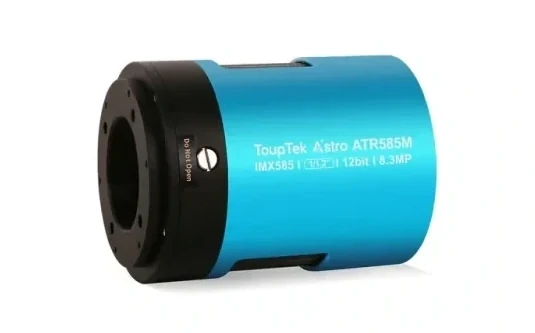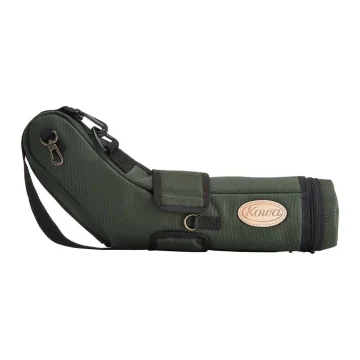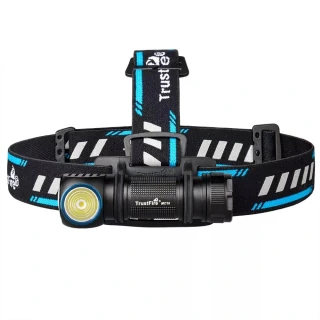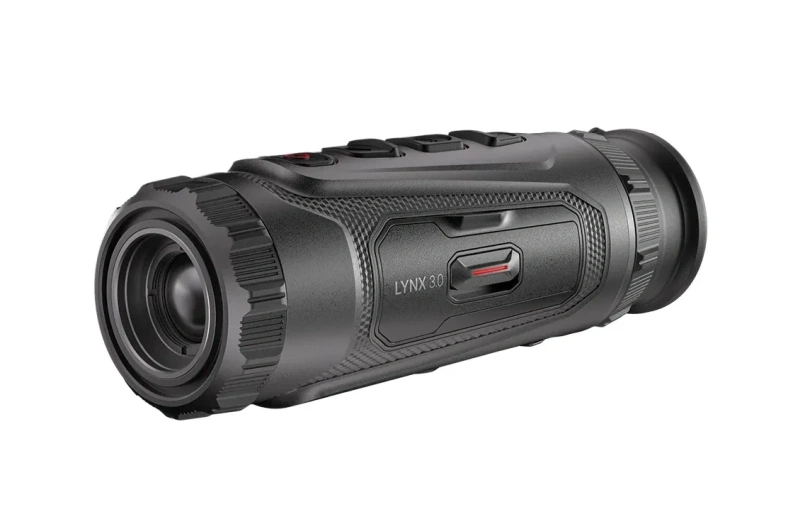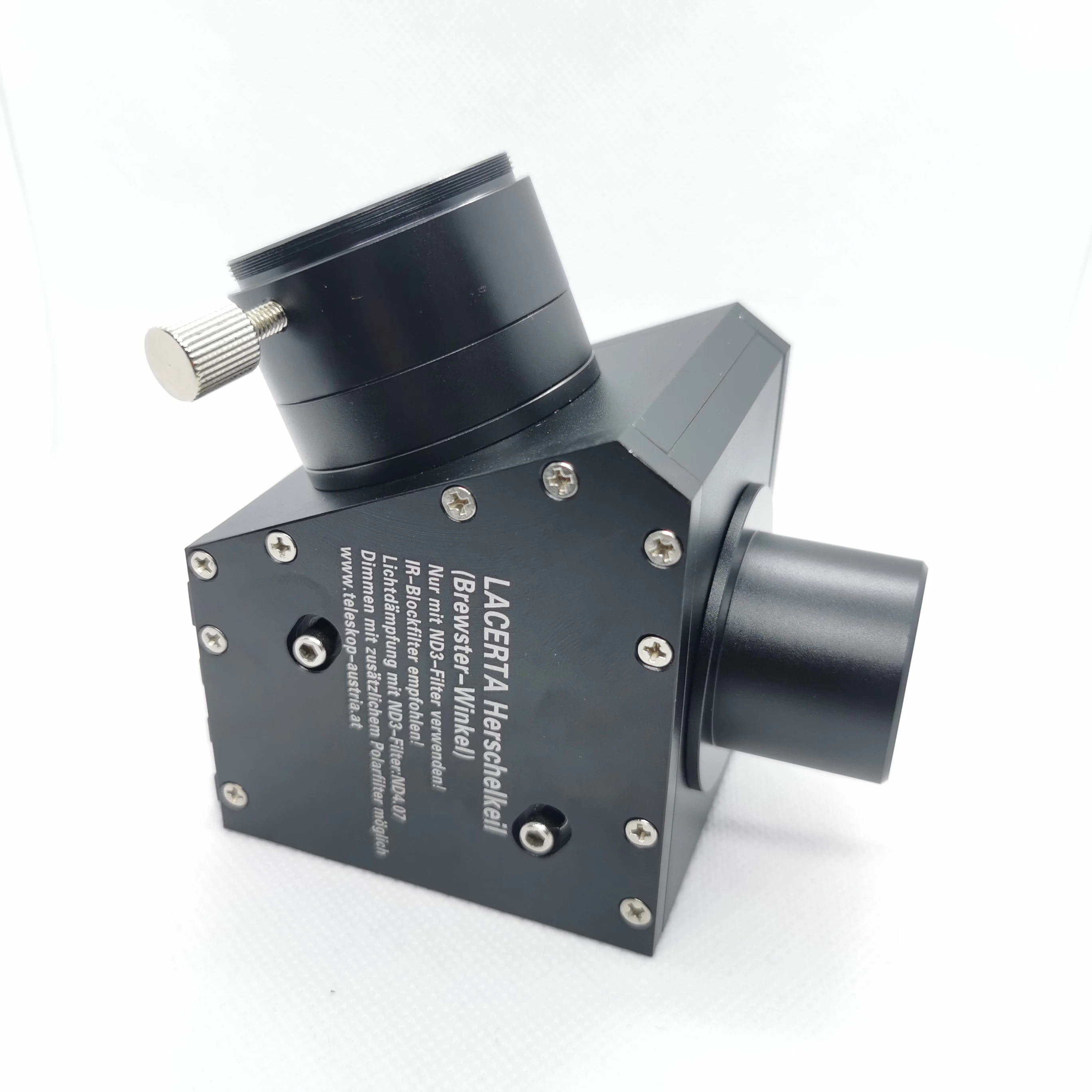Herschel prisms are perhaps the best solution for reducing the glare of the sun. Their image contrast and sharpness are unrivalled compared to both film and glass filters, making them a favourite among discerning solar observers. With the Lacerta Herschel prism, our aim was threefold: to bring to the market an instrument that is as safe as possible, of outstanding quality, but at a particularly affordable price.
Safety, quality and price above all else
Safe observation and a sharp, contrasty image are the basis for a prism that is machined with great precision. The prism's heat shielding rib prevents concentrated light from escaping behind.
Multiple filters (up to four in total) can be placed inside the prism housing to optimise the instrument for both visual and photographic observation. For visual observation, a ND3 filter and another darker neutral density or polarizing filter or Baader Solar Continuum filter are essential. (The advantage of using a polarizing filter is that you can rotate the filter with the eyepiece to vary the brightness of the sun.) For photographic use, the ND3 filter can be replaced by an ND1.8 filter, which allows shorter exposure times. This can reduce the disturbing effects of atmospheric turbulence and significantly improve image quality.
A special feature of the Herschel prism is that its prism is positioned at a special angle (the so-called Brewster angle), which allows the "brightness" of the image to be adjusted over a wider range with a polarising filter.
Our Herschel prisms are best recommended for use in telescopes with a lens. In Newtonian telescopes, you will not get a sharp image because of the limited focusing possibilities.





